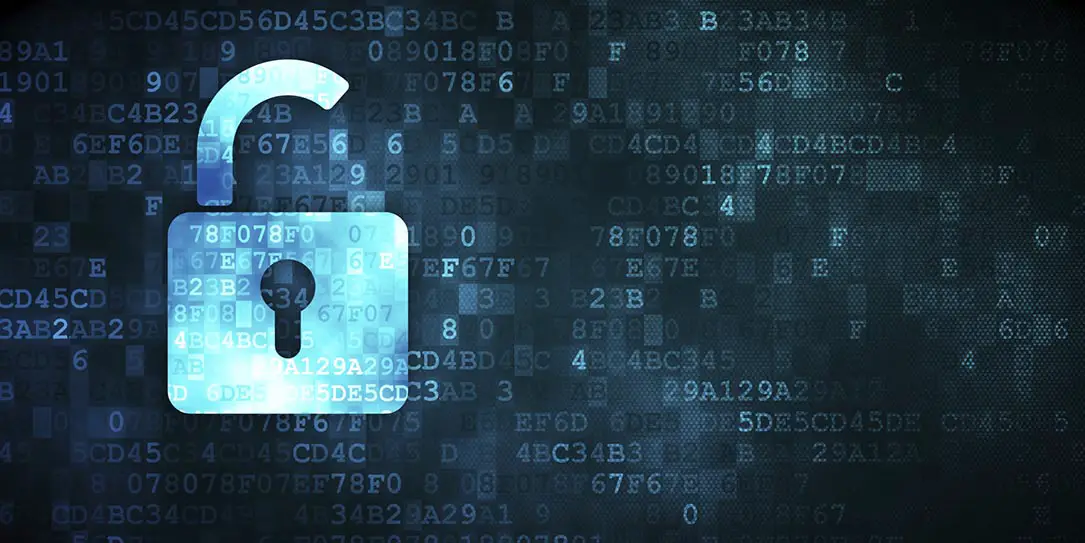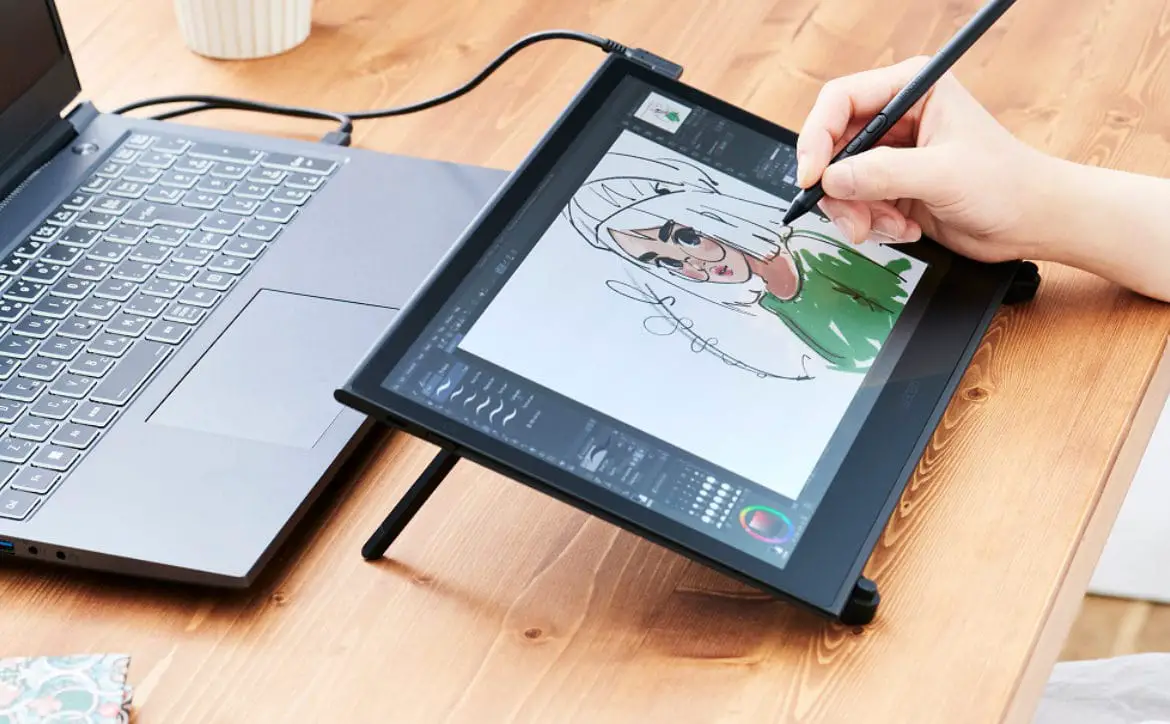Last time in this series we talked about encryption, viruses and malware, and now we’re going to continue that conversation and talk more about encryption.
Point A to Point B
Very few of us sit at home all the time, using only our home wifi. More often than not we make use of public wifi to cut down on the drain from our LTE data bucket. Preventing overages is a good thing, but there are some downsides. Even if a wifi hotspot uses a password, it’s simple and it’s somehow related to the business offering free wifi. The “network” is usually named to highlight the business. Which means a hacker can look at the name and very much narrow the password selection he needs to try in order to gain access. And lots of public hotspots are open and they don’t bother requiring a password to use it.
The result of that simplicity is that, once a hacker connects with the hotspot, he’s on the same network you’re on and it becomes easy for him to access what’s going to and from your device, be it laptop, tablet, or smartphone.
The solution is to use a VPN (Virtual Private Network). That requires signing up with a VPN provider (paid), installing an app, configuring the app, and possibly reconfiguring after each update. Yes, all that can be a pain in the backside, but it’s worth it in the long run. The alternative is possibly having your info stolen or your device hacked.
A VPN will change where the Internet sees your location, encrypt everything going out of and coming into your device, protect some of your ports. There’s more, but that’s for another, more detailed discussion of using a VPN. Having a VPN isn’t foolproof. They, too, can be broken into, especially if they’re housed in countries noted for spying on people. But it will make the average hacker’s job difficult enough that you can have coffee or a quick meal, be online, and leave unscathed, except maybe the bill for the food and drink.
Then there’s the other part of “getting out.” That’s our home or business Internet gateway. Some have built in router features, others don’t. If we only have something at modem level, we definitely want to add a router between it and our computers and other devices. The next step is to go into it, via our browser, and change some of the settings. What and how will depend on which router we have. Each is different, requiring checking the user manual to see what can get changed and how it will vary. That’s too long a topic for this series, perhaps we’ll cover that in a future episode — but in the very least we definitely want to change the access username and password. Most devices ship with the same username and password on all units., which makes it far too easy for drive by raiding.
Get the Message?
There’s one other part of the encryption possibilities we need to look at. We’ve mentioned that texting, SMS and MMS, is exactly that — insecure plain text. So is email, basically. Whether as part of an email or as an attachment, anything important ought to be encrypted. It’s a very easy way for hackers to gain personal info, financial data, passwords, etc. There are two ways to handle that. We can get an email program that will do the job, or we can use an external add-on like the various PGP apps.
If we decide on a standalone email app capable of encrypting, the other party will need the same email app to unencrypt the encrypted messages. The alternative is PGP, which can be used as an add-on to most email apps. Both parties will need to send the other a personal public key, so they can decrypt messages from the other. It takes a little extra setup, but it allows everyone to continue using their favorite email app, instead of switching for a few people using encryption. Either way, we can still send unencrypted email to aunt Jane, telling her how awesome she is and how much you love that cake she baked.
Double Hash?
Before we close, I know some of you may have a nagging question running through your mind… We’ve talked about encrypting devices and drives. We’ve all heard of SSL connections, which use a form of encryption. Today, we’ve talked about VPNs and router settings to further lock down our communications, as well as encrypted email. So, don’t all those sources of encryption conflict with each other? No. They each work on one aspect of our communication that does nothing to the rest.
Think of ice cream on a stick for example. We create the ice cream, then we add a swirl of something to the ice cream. We coat that with caramel, then add a chocolate outside layer. None of the ingredients interferes with any others in the recipe. But the person eating it has to get through the chocolate, the caramel, and the ice cream before they can taste what’s in the swirl.
That last part made me hungry. There’s still more security tips, next time. But are you ready to add some encryption layers to your online life?
[button link=”http://lifehacker.com/top-10-tech-security-basics-every-person-should-follow-1767148925″ icon=”fa-external-link” side=”left” target=”blank” color=”285b5e” textcolor=”ffffff”]Source: Lifehacker[/button]









